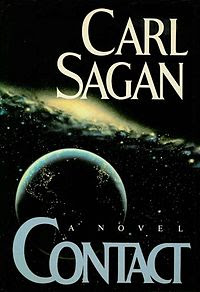 Amy Parker
Amy Parker was born in Okinawa, Japan, and spent most of her childhood on diplomatic and military compounds overseas. She returned to the United States after her high school graduation and attended Indiana University, where she studied comparative literature. She won a Michener fellowship in fiction from the University of Texas, Austin. Afterward, she spent four years doing intensive monastic practice at Tassajara Zen Mountain Center, the oldest Soto Zen monastery in the United States, and at Green Gulch Farm and Zen Center in Mill Valley, California. She received lay ordination in the Soto Zen lineage in 2007. She left the monastery for the Iowa Writers Workshop, where she graduated in 2012. She currently lives in Wichita with her son.
Parker's debut story collection is
Beasts and Children.
One of the author's ten favorite linked story collections, as shared at
Publishers Weekly:
The Illumination
by Kevin Brockmeier
Two threads bind the characters together in Brockmeier’s The Illumination. First, wound sites begin to emit light. Pain shines and  suffering is made luminous and visible. Second, a journal compiled of daily love notes from a husband to his wife circulates through the hands of the characters, shedding light on their own predicaments, providing a counterpoint of warmth, love, and humor to their own immense pain. The journal itself is a masterpiece of deeply observed details, a celebration of a beloved in all her particularity. Brockmeier is one of the greatest prose stylists working today, and his tenderness for the human condition registers in every line.
suffering is made luminous and visible. Second, a journal compiled of daily love notes from a husband to his wife circulates through the hands of the characters, shedding light on their own predicaments, providing a counterpoint of warmth, love, and humor to their own immense pain. The journal itself is a masterpiece of deeply observed details, a celebration of a beloved in all her particularity. Brockmeier is one of the greatest prose stylists working today, and his tenderness for the human condition registers in every line.
Read about
the other entries on the list.
The Page 69 Test: Beasts and Children.
--Marshal Zeringue
 Stuart Cosgrove is the author of Detroit 67: the Year that Changed Soul. One of his ten top books on 1960s America, as shared at the Guardian:
Stuart Cosgrove is the author of Detroit 67: the Year that Changed Soul. One of his ten top books on 1960s America, as shared at the Guardian:


































